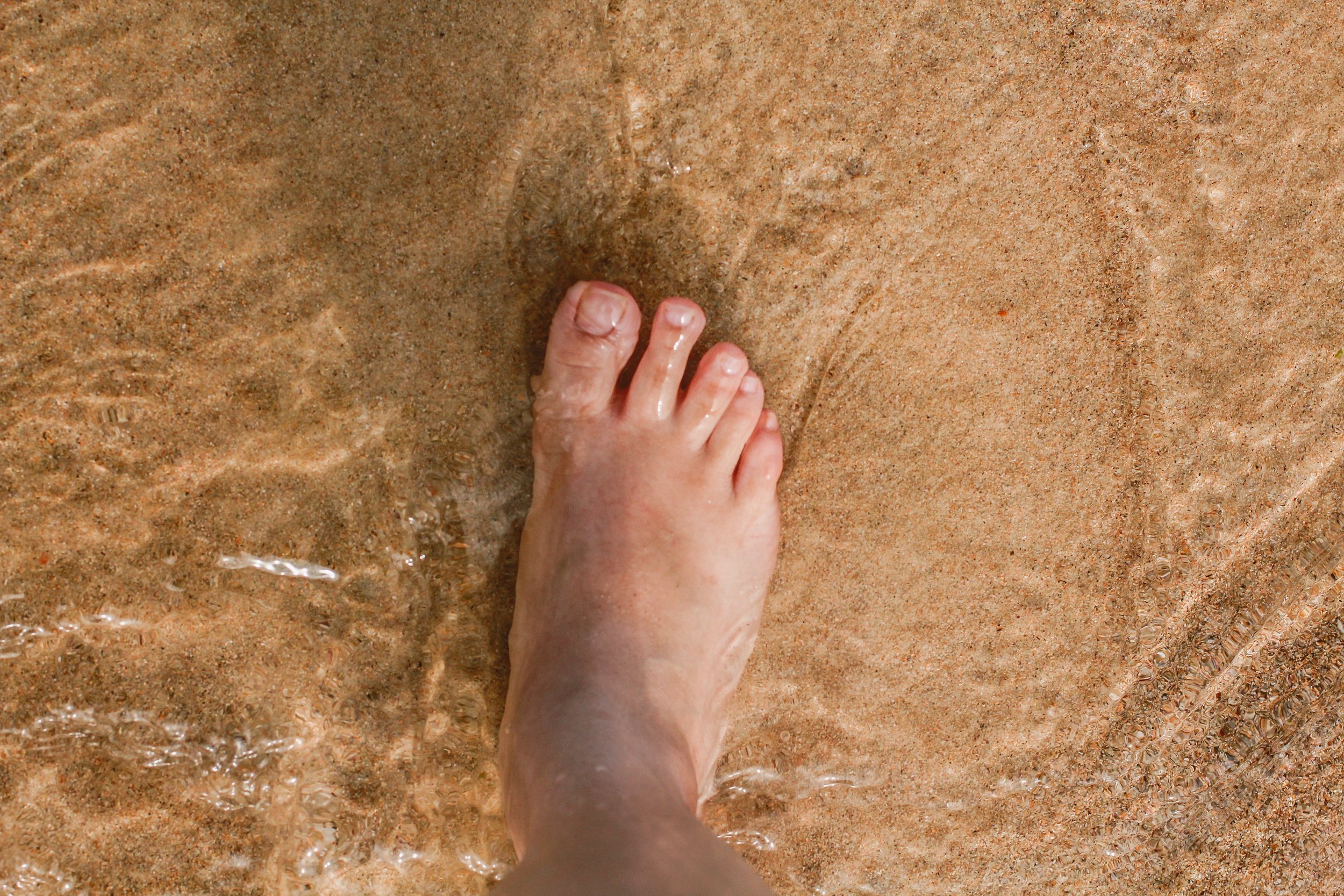Capsulitis
Capsulitis is a condition affecting the capsule of the 2nd metatarsophalangeal (MTP) joint. It is caused by inflammation of the joint capsule — a ligament-like structure encasing and protecting the joint.
Due to the mechanics of the foot, the second toe (or the ball of the foot) bears an excessive amount of weight and pressure. However, in some individuals, this pressure on the ball of the foot is worsened, leading to inflammation.
This condition can lead to potential risk factors like severe bunions, a tight calf muscle, a longer second toe than the big toe, and an unstable foot arch, with the feet being the most common location for its occurrence.
Signs and Symptoms of Capsulitis
It will worsen without treatment, with a noticeable progression in symptoms. It's critical to identify it in the earliest stages. Symptoms include:
Pain in the ball of the foot. It can feel like there's a pebble in your shoe.
Swelling in the affected area, including the base of the toe.
Pain when walking barefoot.
Difficulty wearing shoes.
Because the toe pain causes an unusual walking pattern (antalgic gait), it can lead to bursitis, as well as painful corns and calluses. As the ligaments weaken, you'll also notice that the 2nd toe begins to drift towards the big toe.
It can even cross over (crossover toe), lying on top of the big toe — the end stage of capsulitis.
Such symptoms can occur more rapidly if the condition is caused by injury or overuse.
When should you see a Doctor?
If you notice any of the above symptoms — particularly a painful or burning sensation in the ball of your foot — you should seek immediate medical attention. It is a progressive condition — the sooner it is treated, the better the outcome.
Diagnosing Inflammation of the Joint Capsule
What is capsulitis? It is often mistaken for other conditions, like arthritis or Morton's neuroma. Because the symptoms worsen, an early, accurate diagnosis is essential. The treatments for similar conditions differ significantly from capsulitis of the second toe.
Our foot and ankle doctors will take your history and perform a thorough examination of the foot. It can involve placing light pressure on the affected site — to test where the pain is and the joint's stability. You'll likely also be sent for imaging tests, such as an X-ray or MRI — to rule out other potential foot problems.
Capsulitis Treatment
It is treated either non-surgically or surgically. Surgery is always a final option, reserved for more severe cases due to its invasive nature. In the early stages — before the 2nd toe begins to drift — non-surgical options are highly successful. They can stabilize the joint, reduce symptoms, and treat the underlying cause.
Common non-surgical options include:
Rest and Ice. Reducing pressure on the foot and applying ice to the affected site will reduce swelling and pain. Place a towel between the skin and the ice.
Treating symptoms of capsulitis may involve oral medications, such as anti-inflammatory medications like NSAIDs (e.g., ibuprofen and naproxen), which can help alleviate pain and reduce inflammation.
Stretching exercises. Your foot doctor will often recommend certain stretching exercises to ease your symptoms, particularly in the case of tight calf muscles.
Taping or splinting. To ensure there is no deviation of the 2nd toe, it's common for the toe to be taped so it will stay in position.
Shoe modifications. If poor footwear is found to be the cause, supportive shoes with stiff soles are often recommended. These shoes decrease the motion and pressure on the ball of the foot, allowing the capsulitis to heal.
Orthotics. Custom-made orthotics are beneficial. These shoe inserts include metatarsal pads or arch supports, distributing the weight away from the impacted joint.
Surgical treatment is an option for severe conditions — after 'crossover toe' becomes apparent. It's most often advised in patients with persistent pain or a deformity. Surgery involves shortening the 2nd toe to relieve pressure on the MTP joint (if the metatarsal bone is elongated).
Alternately, if the toes are misaligned, the surrounding ligaments will need to be repaired surgically to help with second toe capsulitis.
Our Foot Doctor can help you. Make an appointment for a comprehensive evaluation with Foot & Ankle Centers today.



